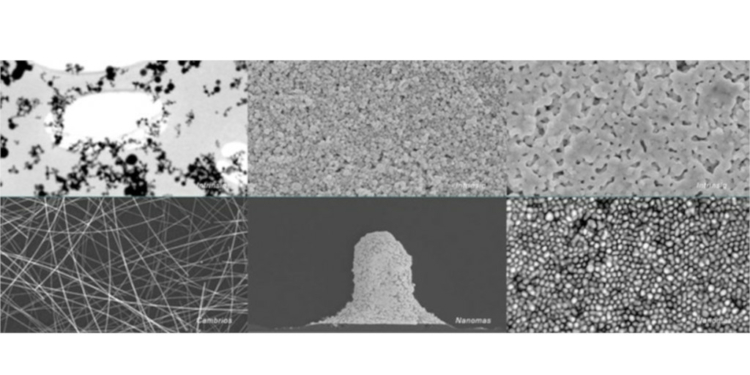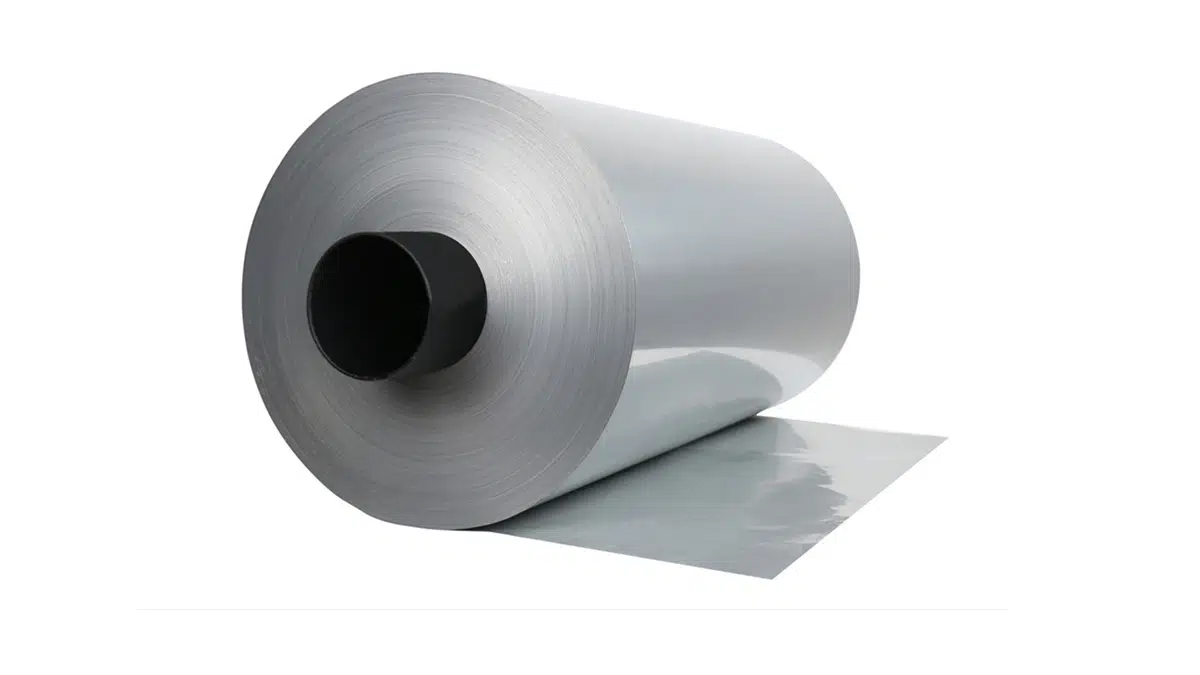Source: Off grid energy independence news
The conductive ink industry has had a successful year largely thanks to China-fuelled rapid growth in the photovoltaic industry, which surpassed even the most optimistic projections. This rising tide lifted the entire industry up, papering over weaknesses and turning last year into a success for many regardless of their market share standings.
This boom however did not mask the real risk of overreliance on the irreplaceable PV market. Indeed, the industry cannot afford to become complacent and must seek to exploit the wonderful adaptability of conductive ink technology to develop tailored solutions for diverse new applications.
The industry has, in fact, embarked upon a process of diversification in the past years: suppliers were developing as broad a product portfolio as possible, seeking to plant their flags in nascent high-potential markets and to hedge their bets against competitive pressures in core markets. This process is now in full swing with several markets transitioning towards commercial fruition. In this article, we will review the latest developments on core existing as well as nascent emerging applications.
Photovoltaics:
Last year was a record boom year for the solar industry with installations breaching into the 90GWs region. Low prices had stimulated new demand and China had decided to reduce its feet-in-tariffs (FiT), trigging a rush to implement projects before the window shut. All this translated into strong sales for ink/power makers all around, pushing many to work at near full capacity to meet the demand.
The question, as always, is whether ink demand has peaked: the change in FiTs in China might have brought demand forward whilst new US tariffs might dampen appetite there. In parallel, the relentless price competition amongst material/ink suppliers will force incrementall innovations for decreasing the silver content per wafer, adversely affecting the aggregate ink/powder demand.
Despite all this, the rise of PV is irreversible. There will be booms and busts like all energy markets, but PV is here to grow. The industry however cannot bet the house on a single industry. In the short term, the upheaval in market share standings will continue as more Chinese players (at times with access to subsidized materials particularly in powder production) will increasingly become competitive, whilst in the long-term there is a risk that rising capacity stimulates investment in new capacity, opening the door to new PV technologies and architectures that could jeopardize the printed inks’ grip on the conductor element. Toxicant Materials and Alternatives in Electronics
Touch screen edge electrodes:
This edge market has not fundamentally changed and will not do so in the coming year. It continues to be shaped by the drive towards ever narrower bezels and lower costs. For narrow edge electrodes, the battle will rage between laser-cut and photo-patternable pastes on the one hand, and etching based solutions on the other. Barring a step change towards even narrower linewidth-to-spacing ratios, the emphasis will remain on cost and incremental resolution improvements. This explains why suppliers, including photo-patternable paste suppliers, have aggressively slashed prices to keep market share and deter new entrants.
Conformal on-chip EMI shielding:
There are high hopes for sprayed on-chip conformal EMI shielding coatings. Global leading brands as well as Chinese phone makers have already adopted such conformal coatings, but they employ the tried and tested sputtering process. Spraying, however, offers a compelling proposition: non-vacuum large-area high-throughput process with excellent side-wall coverage using low-cost machines. The paste suppliers are now ready, having overcome issues such as sedimentation and adhesion and having narrowed the performance gap with high-conductivity and thin sputtered coatings. They are also offering nano, micron and hybrid versions, hoping to strike their customer’s sweet spot in terms of performance (maximal shielding with minimal thickness) and price. The engagement with small- to mid- sized makers, particularly in China, is highly active. The big question however is whether, this year or next, a leading brand will qualify the technology. That would elevate this sector, placing it amongst the leading conductive ink opportunities.
Transparent conductive films:
ITO alternative technologies are finally growing in sales. In core existing applications, ITO has managed to cling on through being good and cheap enough. This forced alternatives to look elsewhere: low-end phones, large-sized pro-cap touch screens, transparent LED and smart window, transparent heaters and so on. Metal mesh had even broken into the mainstream, but its main manufactures must now decide whether subtractively-made metal mesh can be cost competitive even with new (as opposed to already depreciated) equipment. In the midst of all this, printing metal has been making a comeback. It has overcome its struggle to achieve sufficiently narrow linewidths but is still made on narrow rolls running at low speeds. The technology is already in small scale commercial production, creating some opportunity for ink supply (sub-micron and nano), but there is some way to go before it can becomes leading market in the touch market. Printing metal mesh is, however, already on the cusp of finding success in acting as complementary electrode in thin film photovoltaics.
Stretchable conductive inks:
Stretchable inks have been in active commercialization mode for some 4-5 years. In this time, the number of suppliers globally has multiplied, eroding technical and price differentiation but also helping accelerate market creation. The ink performances have also improved generation after generation: inks now offer much superior stretchability and washability compared to earlier generations. Suppliers have also moved on from premium pricing, bringing price levels close to the general industry levels. They are also now offering a portfolio of active and passive stretchable materials demonstrating compatibility with a diverse range of substrates. More crucially, they have cultivated the value chain, which is now in a better shape having developed, launched and sold several products. In general, our survey suggest that most suppliers are optimistic that the first half of this year will witness major finalized customer qualifications. This market, we expect, will significantly grow in the coming years, even overcoming its difficult math of low ink (and thus solid) content per item.
In-mould electronics (IME):
IME is making progress, but mostly behind the scenes. The conductive ink suppliers multiplied in the past few years, mirroring the developments on the stretchable ink front. The menu of IME compatible materials also expanded to include transparent conductive, dielectric, protective and graphic inks. The commercial emphasis shifted from seeding the market and demonstrating prototypes to proving volume production and reliability as well as to resolving potential IP issues. Currently the development pipeline is full, covering applications in the automotive, white good appliance and many novel products including several for the wearable tech industry. Orders have been placed and the diversity of application will give resilience to future growth even if some qualifications fail.
High temperature die attach paste:
Highly thermally conductive die attach pastes are in favour since the market for high power electronics and/or devices operating in high temperatures is growing with the rise of electric, connected and/or autonomous vehicles as well as small grid. Ag based sintered pastes do offer high conductivity but often require sintering at high temperatures and under external pressure to form a near-continuous, solid, and void-free film. A promising trend is now to use nano or hybrid fillers to reduce the sintering temperature. This technology is on the cusp of major success, and barring last minutes surprises, is expected to be adopted by leading electric vehicle producers in 2018. This, at last, may become a major success story for silver nanoparticles.
Automotive industry:
Interestingly, the automotive sector is becoming a major growth opportunity for the conductive ink industry. For years, suppliers have been serving the need for conductive pastes in window demisters, seat belt buttons, airbag deployers, and so on. In more recent time, the market has also expanded to include seat occupancy sensors and heaters. It is now expanding even further to include touch screens, in mould electronics, transparent heaters, high temperature die attach materials, and others. This has made engagement with automotive OEMs/value chain a high priority imperative for most suppliers.
Conformal aerosol deposition:
The number of installed industrial-level machines has expanded, setting the stage for growth in ink consumption in applications such as antenna productions for consumer electronic applications. This will be an opportunity for nano inks with high monodispersity.
PCB printing:
Desktop and professional PCB printing (prototyping) is making progress. The installed base od desktop versions has expanded but utilization -thus material consumption – is low. The sales of final (vs beta) version of professional multilayer printers has also started. In parallel, lower spec and lower cost machines have emerged. Professional desktop PCB printers are still in the early phase of market diffusion. Print-seed-and-plate approach in the PCB industry is largely on hold. However, Cu ink on PI substrates is actively being pushed for the FPCB applications. This approach may offer a cost advantage when surface coverage is low (<20%).


































